The Decisive Moment
- 160bladzijden
- 6 uur lezen
One of the most famous books in the history of photography, this volume assembles Cartier-Bresson's best work from his early years.
Henri Cartier-Bresson was een Franse fotograaf die wordt beschouwd als de vader van de moderne fotojournalistiek en een meester in de candid fotografie. Als vroege voorstander van het 35 mm-formaat hielp hij de stijl van 'straatfotografie' of 'reportage van het echte leven' te ontwikkelen, die generaties fotografen heeft beïnvloed. Zijn werk kenmerkt zich door de intuïtieve vastlegging van het beslissende moment en een elegant compositiegevoel, waarmee hij de documentaire fotografie tot kunstvorm verhief.

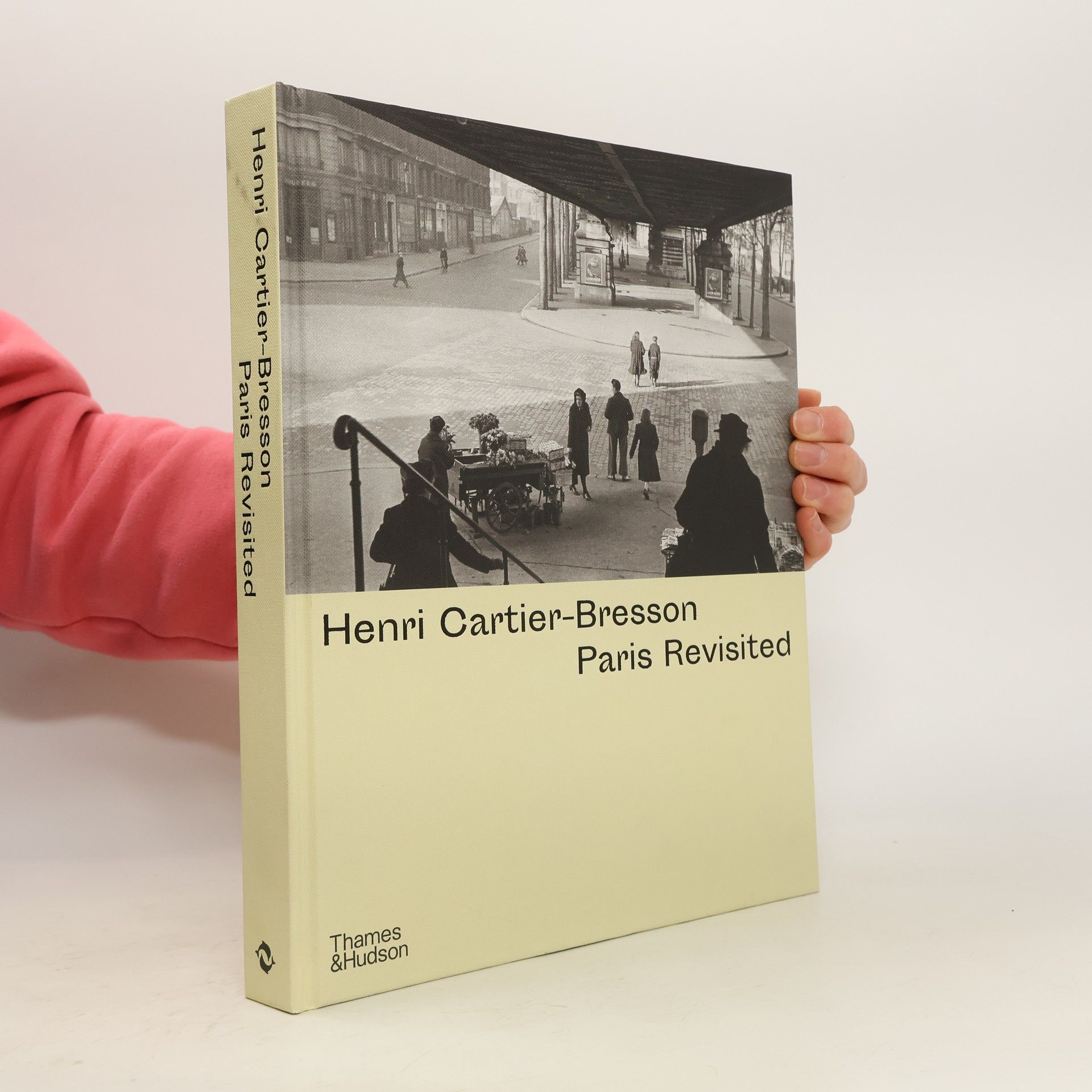
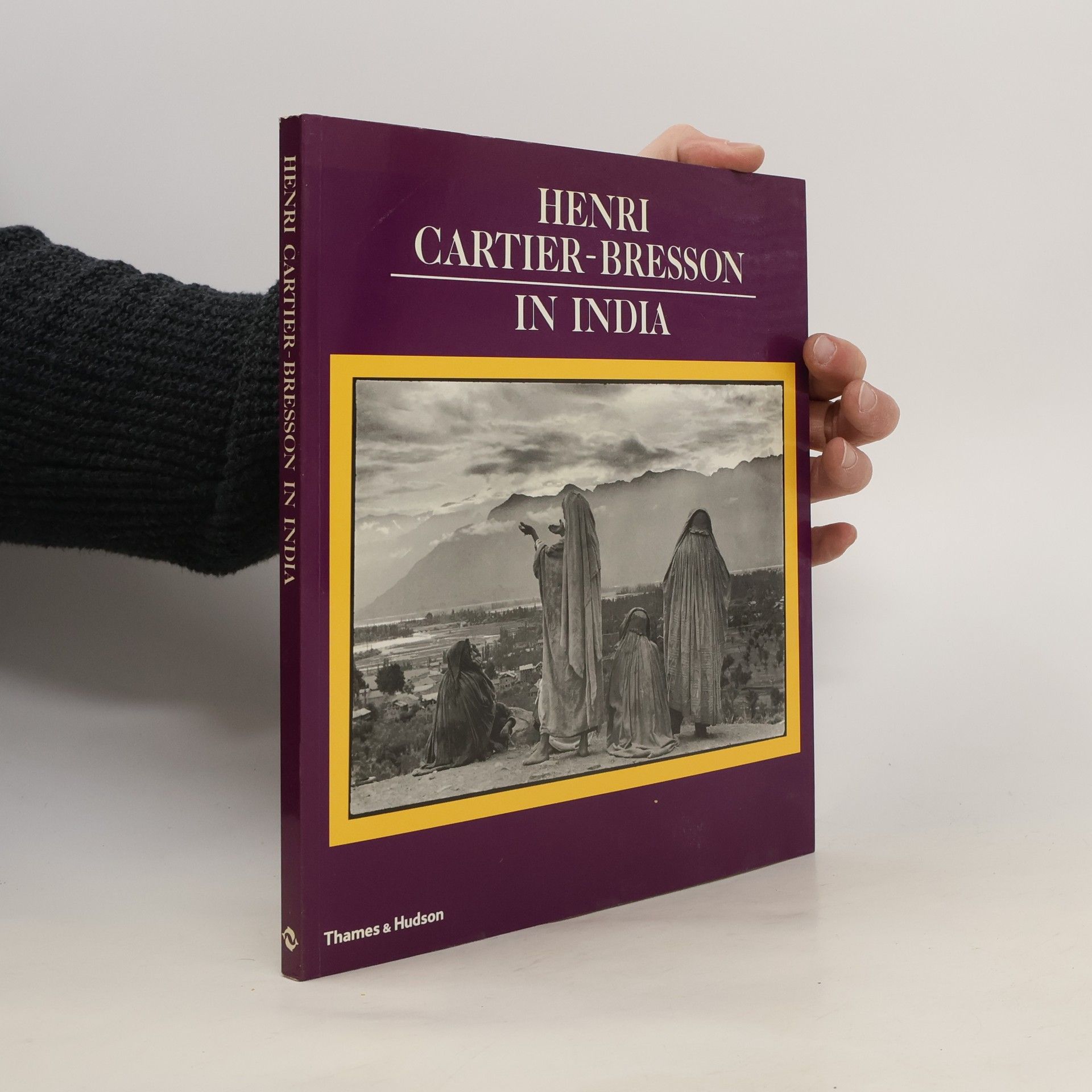
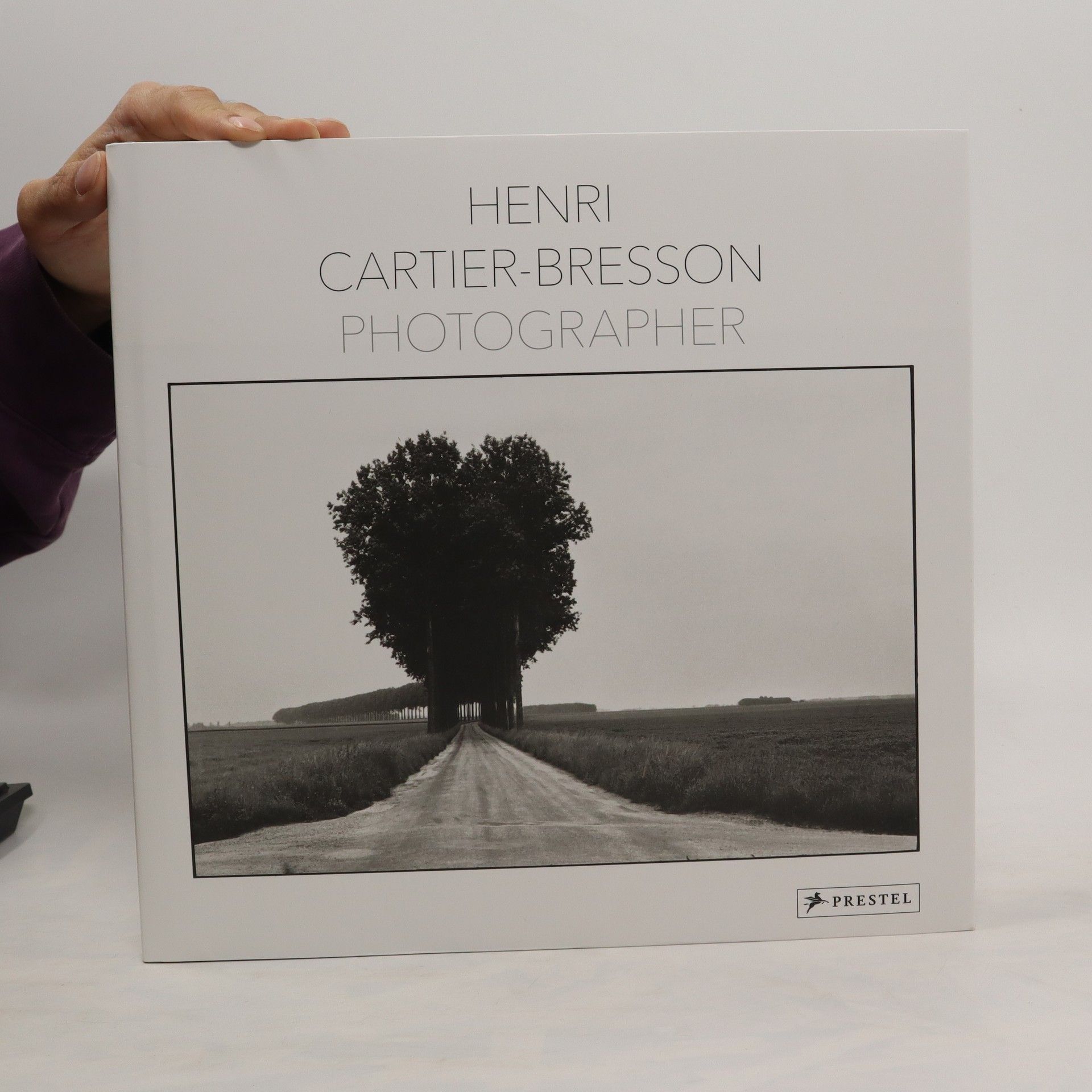

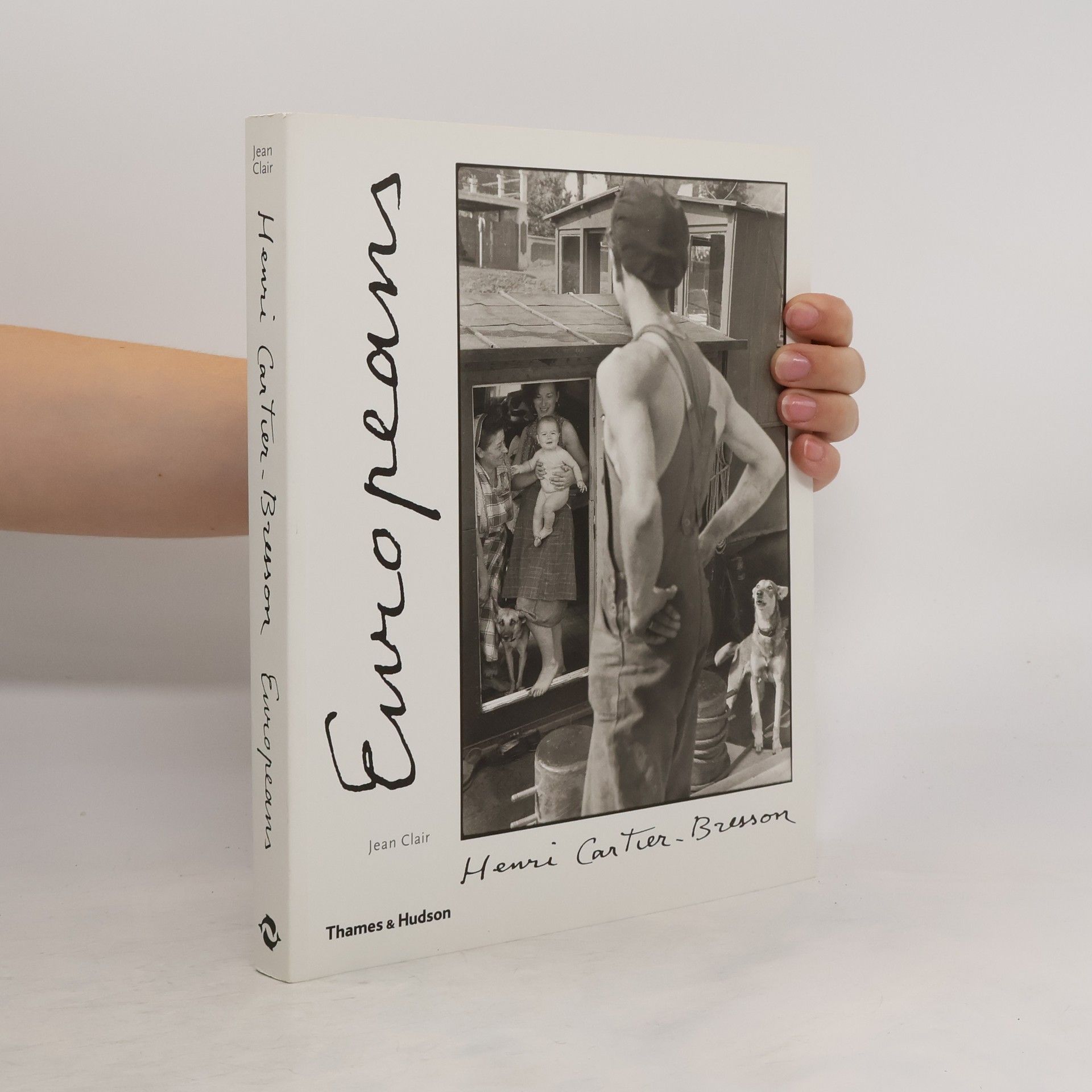
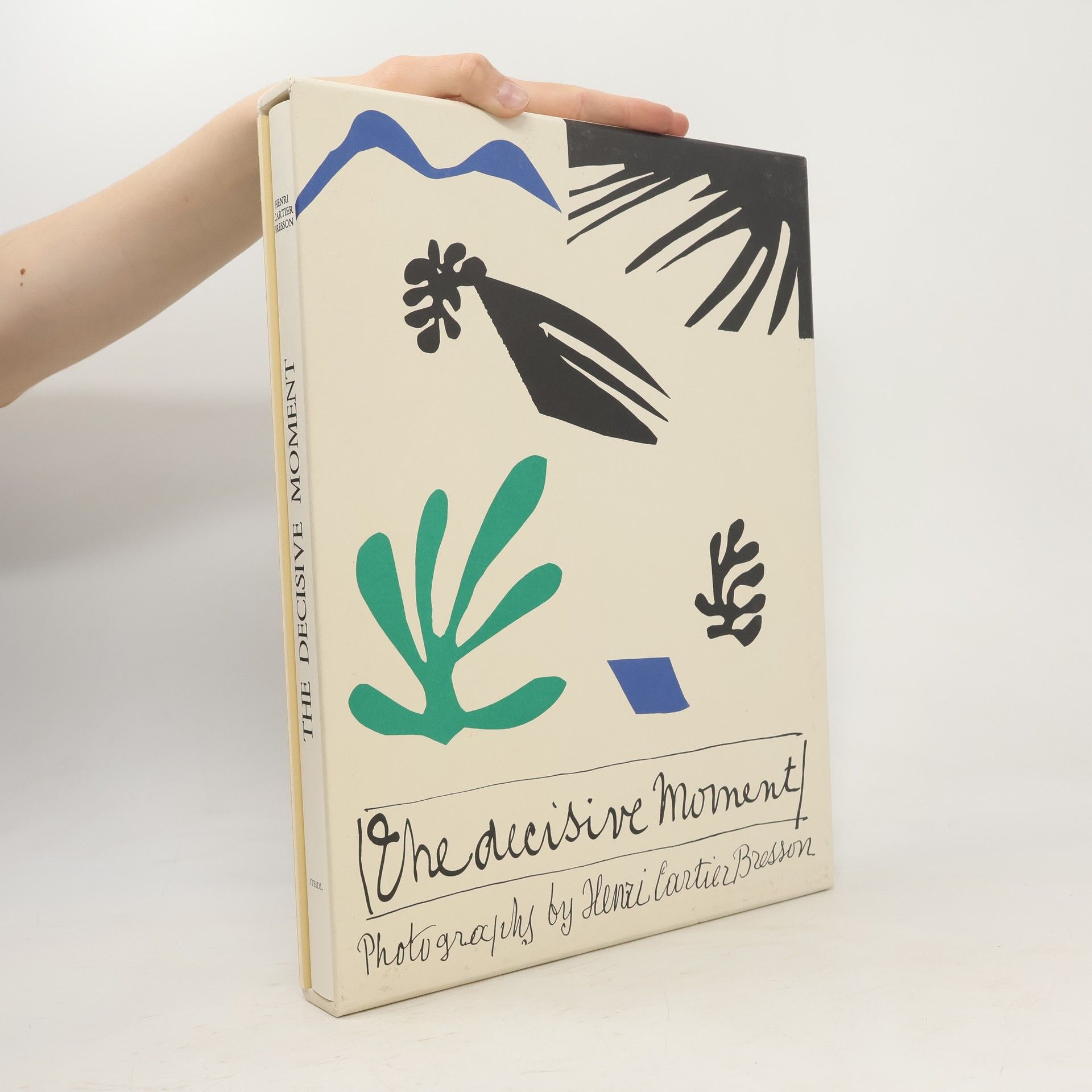
One of the most famous books in the history of photography, this volume assembles Cartier-Bresson's best work from his early years.
Tls review 5/1/98, Transl. fr/French, Pub. 1st in UK by Thames & Hudson, Exhib. catalog.
In 1946, Cartier-Bresson traveled to New York with 300 prints, created a scrapbook, and presented it to MoMA's curators. This book is a facsimile of that iconic scrapbook.
'Henri Cartier-Bresson - Photographer is the crowning publication of an illustrious career. The foreword by Yves Bonnefoy discusses Cartier-Bresson's creative process, and Cartier-Bresson himself selected all the images for this summation of his finest work. Using the finest quality double impression offset printing and large-scale one-to-a-page presentation, all the famous photographs are here in these pages, alongside recent, less familiar work. In each classic image, the moment is eternal and compassion spills from the frame
"Striking images of a land renowned for its contradictions and variety as viewed by one of the great artists of our century."— Houston PostHenri Cartier-Bresson's record of his fascination with India over half a lifetime contains the very best of his photographs of that country. Beginning in 1947 at the time of Independence and produced during six extended visits over a twenty-year period, these beautiful, dramatic images are shaped by an eye and a mind legendary for their intelligent empathy and for going to the heart of the matter.Cartier-Bresson's extraordinary gifts of observation and his famous "mantle of invisibility," as well as his good connections with Jawaharlal Nehru and others, allowed him to capture the quintessence of India. His pictures of Hindus in refugee camps after the Partition or beggars in Calcutta speak with the same passion and authority as those of the Maharaja of Baroda's sumptuous birthday celebrations or of the Mountbattens on the steps of Government House. Ample space is given to his famous reportages, such as the astonishing sequence on the death and cremation of Gandhi. But above all, it is the apparently ordinary faces and scenes from market, temple, or countryside that have the power to put us in direct touch with the spirit of a country and its people. 105 duotone illustrations.
Henri Cartier-Bresson (1908-2004) was "the eye of the 20th century" and one of the world's most acclaimed photographers. Paris was his home, on and off, for most of his life and the photographs he took of the city and its people are some of his most recognizable and beloved images. In this volume are 160 photographs taken from a career lasting more than fifty years. Mostly in black and white, this selection reveals the strong influence of pioneering documentary photographer Eugene Atget (1857-1927) on Cartier-Bresson, and the clear visual links with surrealism that infused his early pictures. After an apprenticeship with cubist painter André Lhote in 1932, Cartier-Bresson bought his first Leica, a small portable camera that allowed him to capture the movement and rhythms of daily life in Paris. Camera in hand, Cartier-Bresson observed the Liberation from the Nazis in August 1944 from close quarters and the civil disturbances of May 1968. For decades he also thrived in capturing native Parisians going about their lives in the city, as well as photographing celebrated artists, writers, politicians, and anonymous citizens
'À Propos de Paris' presents the photographer's personal selection of more than 130 of his best photographs of Paris, taken over more than 50 years and reaching far beyond the clichés of tourism and popular myth.
The catalogue for a traveling exhibition of work by Cartier-Bresson, held at the Fruit Market Gallery, Edinburgh, August 19 - September 10, 1978; Side Photographic Gallery, Newcastle-on-Tyne, September 20 - October 29, 1978; Hayward Gallery, London, November 11, 1978 - January 7, 1979. Photographs by Henri Cartier-Bresson; essay by Ernst Gombrich; biographical notes, chronology, and bibliography by Mark Haworth-Booth. Second printing, revised. 40 pages; 18 full-page b&w plates; 7 x 8.75 inches. Checklist.
Henri Cartier-Bresson reveals--as only a few great artists have done consistently--the variety and richness of human experience in the twentieth century. This second volume of Aperture's Masters of Photography series confirms the genius of the photographer who--with the new, smaller, hand-held cameras and faster films--defined the idea of "the decisive moment" in photography. Cartier-Bresson's imagery is intimate but utterly respectful of his subjects. In his travels throughout the world, he has captured glimpses of individual lives in scores of countries. Taken together, Cartier-Bresson's works constitute a personal history of epic scope. This volume presents forty-two of the artist's photographs, each recognized as a masterpiece of the medium. In addition, Cartier-Bresson offers a brief statement about what drives his work.